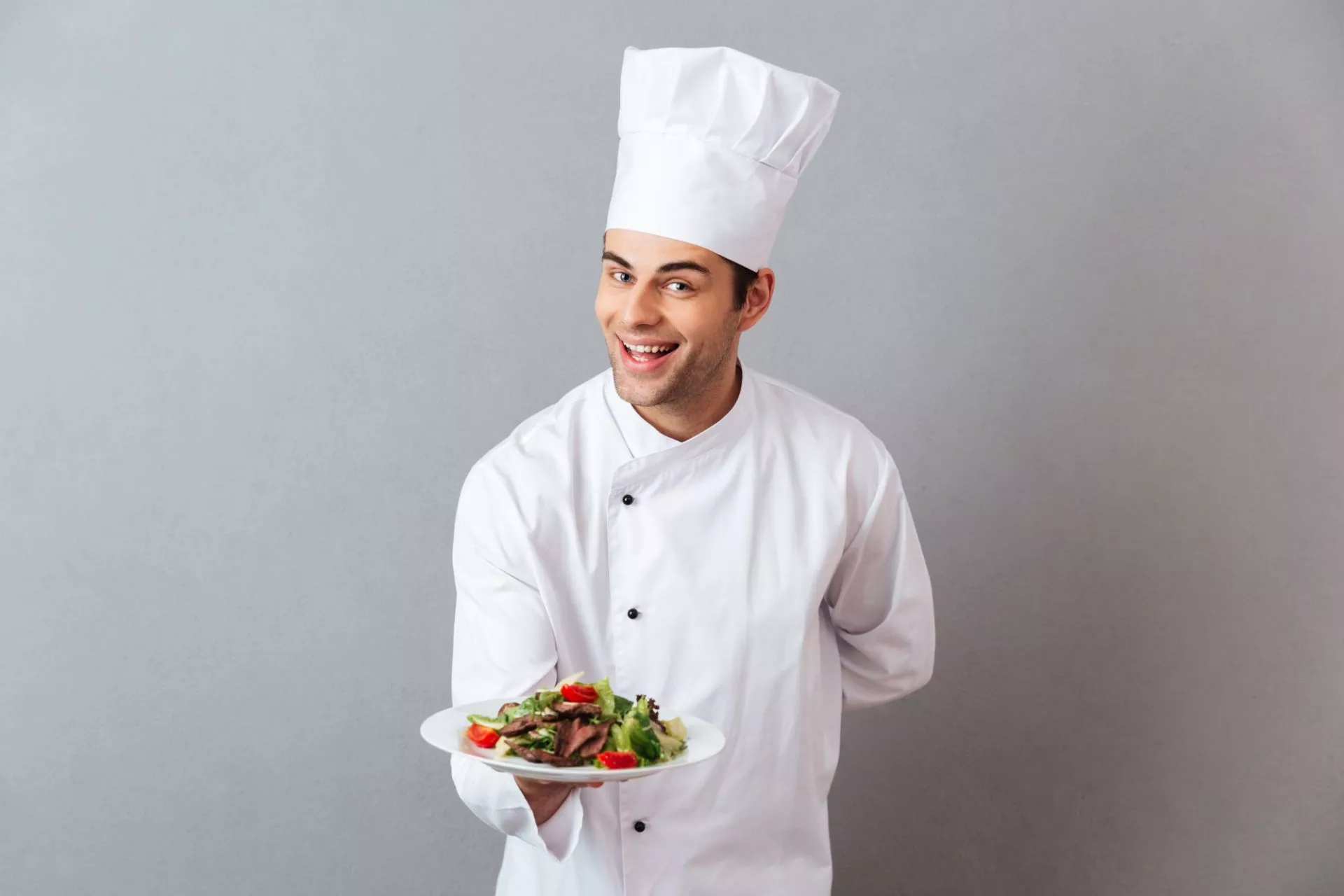There is no doubting the power and significance of food in our lives. Food, for many, is so much more than a physiological necessity; food is culture, self-expression, nourishment, and love. Even if you don't plan on making food your vocation, you can still upgrade your amateur chef skills and enjoy the arts of cooking, sharing, and consuming, even more. Here are some simple tips to help you get started cooking like a chef.
Beauty Tastes Better
Food is a sensory experience, with sight playing a vital role in stimulating hunger, cravings for particular tastes, and the enjoyment of meals in general. Neuroscientific research has revealed the intimate link between our brains, of which one key function is the facilitation of foraging and feeding, and our visual system, such that our viewing of food elicits a complex set of neural, physiological, and psychological responses. Put simply, we like to look at food!
The proliferation of television shows and other forms of media that depict chefs, both novice and ordained, undertaking various food preparation challenges is further proof of our love of watching what we eat. Harness the ability of visually arresting food to stimulate appetite and appreciation by paying some attention to the preparation of your own dishes. Refer to cooking shows for guidance on pleasing plating arrangements and use simple gestures, such as adding a sprig of herbs or a flower as garnish. Chefs the world over may not be an obviously agreeable bunch, but few would deny, that when it comes to dishes, beautiful food tastes better.
Ingredients are Queen
You've found a wonderfully complicated recipe to impress, and have followed it to the letter. However, the first step to any great recipe is often unwritten, and it's a simple one. There is no substitute for quality ingredients. Whether your dish calls for meat, fish, vegetables, dairy, or a combination, fresh is best, and farm fresh is better!
If the aisles of your local supermarket display vegetables that appear a little tired, or perhaps look glossy yet taste expired, consider a visit to the local fresh produce market. Where location and budget allow, purchase vegetables and proteins that are organic, biodynamic, or sourced direct from farmers. When you take the time to buy quality fresh ingredients, your vegetables will taste more vibrant, your meats more flavorsome, and the sauces you make will have greater depth.
As a further note, more complicated doesn't necessarily mean better, and renowned chefs often promote choosing seasonal produce as a reflection of flowing with nature rather than developing complicated menus that try to control it, Alice Water's classic cookbook, The Art of Simple Food, is testimony to this.
Faster Pasta, Better Result
When it comes to pasta, there's little doubt Italians do it better, and it is from traditional preparation methods that chefs often take their cue. While many of us enjoy this staple carbohydrate regularly, there is also a tendency to overcook the pasta, outside of Italy that is! Anything more than al dente, is overdone, and pasta boiled al dente is not only more authentic and chef-like, it is also better for you.
Over cooked pasta has a higher glycemic index, making it less healthy and harder to digest. First things first, you will need a large amount of water. Once the water boils, and just before you immerse the pasta, add several tablespoons of salt. The habit of adding oil is, according to many chefs, undesirable as the taste can adhere to the pasta. A simple tip on cooking time is to deduct several minutes from the time listed on the packet, and begin to taste your pasta for al dente perfection at this point.
Prepare pasta in this way, using your quality-sourced seasonally available ingredients, and paying careful attention to the aesthetic presentation of your dish, and you will be cooking like a chef in no time.

 15 Easy Potato Recipes
15 Easy Potato Recipes How to Fry an Egg
How to Fry an Egg



